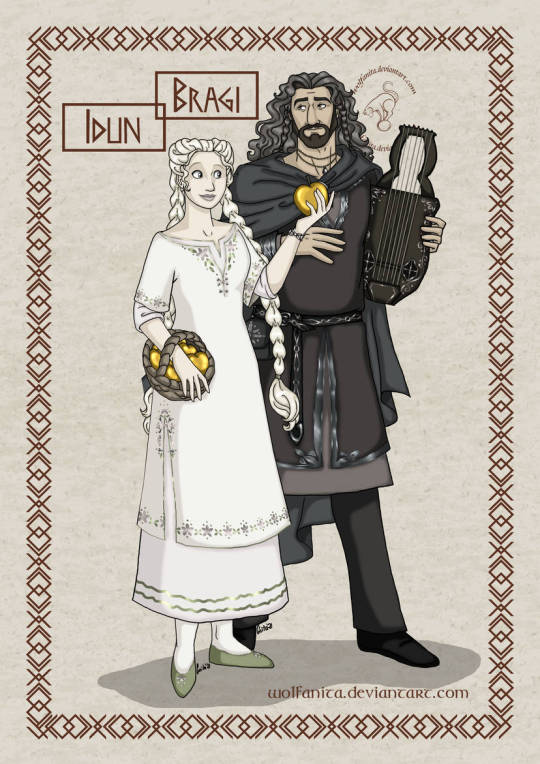#viking poetry
Text
Scandinavia - Old Norse Poetry - Literature and Oral Tradition
The following post describes the literature and oral traditions of Scandinavian peoples during the times of the Vikings. I describe the difference between skaldic and eddic poetry and define kennings.
A later post will have my resources and advice on writing imitations of both types of poetry. (Find it here!)
There are few primary sources of Scandinavian history and stories from the times of “Vikings”, or from the late 8th century to the late 11th century. There are artifacts with runic writing, but these are short and few in number. Most of the documents about Scandinavians written during their time are from outside sources (and often they are biased against the Norsemen) (source).
In the late 11th and early 12th centuries, Christianity and its method of writing in Latin was introduced to Scandinavia. After Latin was introduced, the oral traditions began to be recorded by a variety of authors, though the most notable is Snorri Sturluson (who compiled the Prose Edda) (source).
The most important to study of the Old Norse languages and the mythos of these peoples are the Poetic Edda and the Prose Edda.
“The Poetic Edda is the modern name for an untitled collection of Old Norse anonymous narrative poems” (source). There are several versions, and the most notable is an Icelandic text called Codex Regius from the 1270s CE which has 31 poems. These poems were not written by any one poet, but were collected and recorded from oral tradition. The exact age of these poems are unknown, but are considered to be the only direct records of Norsemen from their times.
The Prose Edda “is an Old Norse textbooks written in Iceland during the 13th century”. Its major and most well known contributor is Snorri Sturluson, a scholar and historian. The contents of the book are accounts of Old Norse mythology. Many of its sources are the same poems documented in the Poetic Edda.
Now, more on Old Norse poetry. For the most part, history and stories of the time of Vikings were passed down orally in two types of poetry.
Skaldic poetry (named for their creators: skald, or court poets) mostly regarded history and celebrated kings and jarls. It typically included little dialogue and recounted battles in detail. In comparison to Eddic poetry, Skaldic verse tends to be more complex in style and uses dróttkvætt. It also uses more kennings. While not proven, there is some speculation that skald accompanied their verse with a harp or lyre (source). It is mostly recorded in sagas.
Eddic poetry (named for the book they are compiled in: the Poetic Edda) is narrative, where there is both a narrator and characters speaking. They are characterized by their focus on mythology, ethics, and heroes, as well as a simpler way of verse (using fornyrðislag, ljóðaháttr, and málaháttr). It uses kennings, but less extensively than Skaldic poetry. It is mostly dialogue (source 1, source 2).
Kennings are figures of speech strongly associated with Old Norse-Icelandic and Old English poetry. It is a “type of circumlocution, a compound employs figurative language in place of a more concrete single-word noun” (source).
Now, when I first read that, I had zero clue what the hell that meant. But this is my current understanding: a poetic device where you dance around using a single noun by describing it with other words. It is similar to the poetic device of parallelism.
- “bane of wood” = fire (Old Norse kenning)
- “sleep of the sword” = death (Old English kenning)
- Drahtesel = “wire-donkey” = bicycle (modern German kenning)
- Stubentiger = “parlour-tiger” = house cat (modern German kenning)
- Genesis 49:11 “blood of grapes” = wine
- Job 15:14 “born of woman” = man
In a later post I will go into further details of the exact format of the two types of poetry. But it will be in the context of writing imitations.
Posted: 2023 May 29
Last edited: 2023 May 30
Writing and research by: Rainy
#vikings#poetic edda#prose edda#snorri sturluson#viking poetry#skald#skaldic poetry#kennings#kenning#eddic poetry#edda#old norse#old norse poetry#norse poetry
0 notes
Text

Lola Ridge, Red Flag, Viking Press, New York, NY, 1927 [Between the Covers, Gloucester City, NJ]
15 notes
·
View notes
Text

#völuspa#voluspa#seeress#norse mythology#scandinavian mythology#old norse#paganism#viking#mythology and folklore#mythology#poetry#poetic edda#volva#völva
7 notes
·
View notes
Photo
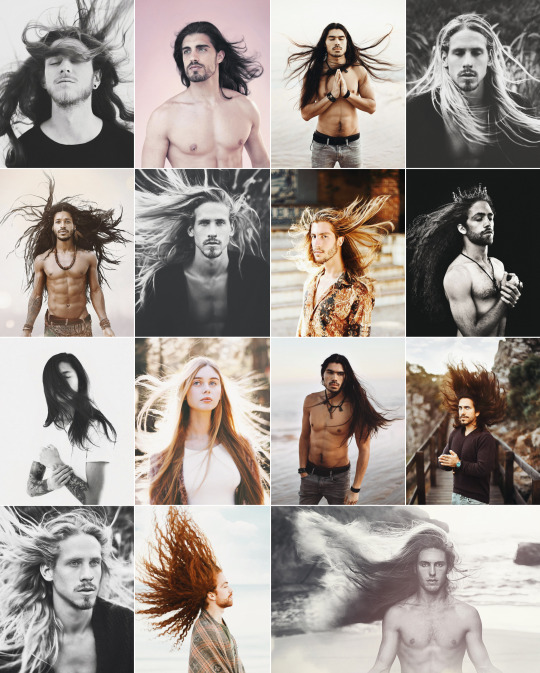
I’ve always been mesmerised by the movement of long hair in the wind.
As a photographer, I love to explore how dramatic and poetic a picture can be whenever the wind blowing the hair in a graceful way.
A few years ago i started a project Called Long is Beautiful, dedicated to long hair. These photos are a few samples from this project.
More pictures on IG.
_
📷 Photography & post-production: @franciscomartinsphotography
_
I am the author of this photo and all content in my blog is entirely created by myself - the Photographer. Please visit my photography links for more photos:
www.instagram.com/franciscomartinsphotography www.martinsfrancisco.tumblr.com
#Long is Beautiful Project#LongIsBeautifulProject#long hair#wind blown hair#hair in the wind#flowing hair#wind#windy#hair#men with long hair#guys with long hair#boys with long hair#long haired men#long haired biys#long haired guys#vikings#thor#tarzan#dramatix#poetry#poetic#photography#portrait photography
62 notes
·
View notes
Text

The oldest known written description of North America, from the Viking voyages circa 1000 CE.
Eirik the Red's Saga (Penguin Classics)
#vikings#the vinland sagas#eirik the red's saga#history#poetry#literature#my highlight & screenshot#op
11 notes
·
View notes
Text
Raise hell 🙌


#love quotes#poetry#book quotes#fictional other#imagine your fictional other#vikings#halfdan#halfdan vikings#halfdan the black#halfdan imagine#love poem#love poetry#lovers#longing#feeling#love live#thoughts#deep thoughts#writing#writers on tumblr#writers and poets#obsessed with him#obsessed love#this is everything
12 notes
·
View notes
Text
Surt v1
ragnarokepic.wordpress.com – original poetry about Ragnarök
Check us out!
Amazon
Website
YouTube
FaceBook

View On WordPress
#antipodeanwriter#author#featured#mythology#norse#odin#poem#poems#poet#Poetry#poetrycommunity#poetryisnotdead#poetrylovers#poetsociety#ragarokepic#ragnarok#thor#thoughts#viking#wordgasm#wordporn#words#writer#writerscommunity#writing
3 notes
·
View notes
Text

Thanks to @seriously-pump-up-the-volume for taking this picture of me while I was live looks amazing can wait for us to meet up and run some pictures. Really appreciate it. Everyone go give him some love. ( he has cute kittens)
#tattoos#meaning#viking#pagan witch#space#trucks#gothic#barefoot guys#guys that smoke#guys with tattoos#guys with beards#better now#norse gods#dir en grey#witchhouse#dark synth#dark poetry
9 notes
·
View notes
Text

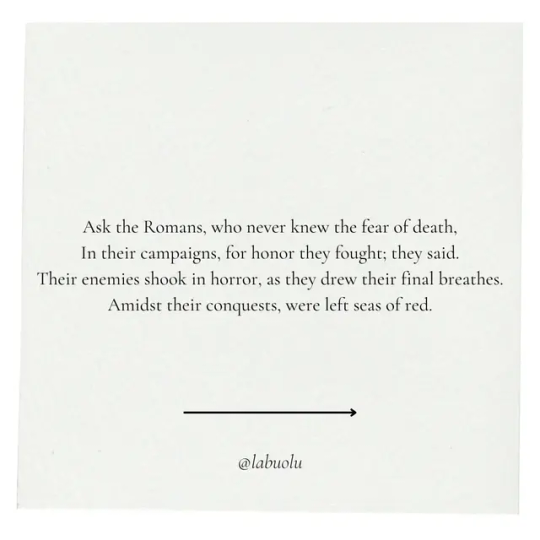

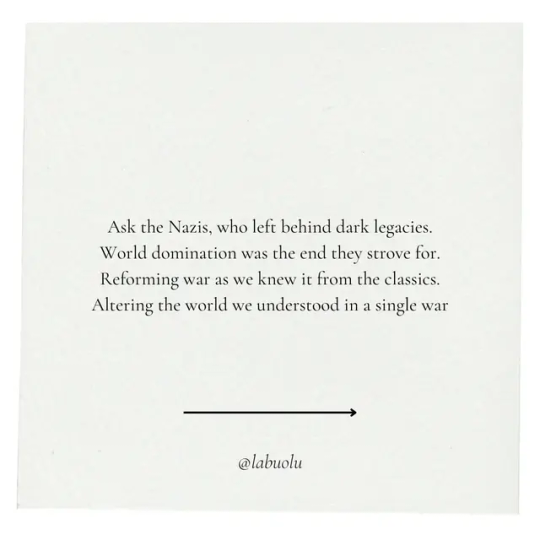
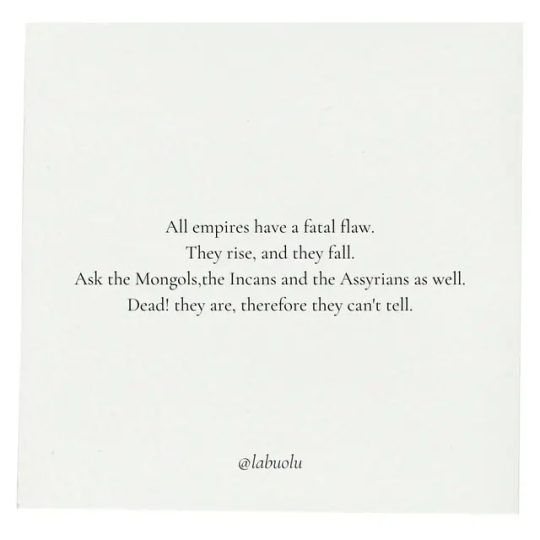
The felling of empires is a poem about how empires rose and fell, seeming all mighty and infailable at their peak. Well, can you ask them what they became now.
#poem #empires #romans #vikings #war #poems #poet #poetry #poetrygram #darkpoem #darkpoetry #war
Follow for more poetry like this
#war#poetry#empires#poet#poem#my poem#romans#Vikings#nazis#poets on tumblr#dark poetry#poetic#writers and poets#writers on tumblr#writerscommunity#writeblr#writing
2 notes
·
View notes
Text
I cannot tell you how many times you've crossed my mind
Only that it is plenty more than you should
That if you were to cross half those times
Your soles would have been long worn out
I cannot count the number
Only how many pages I have turned in this book
Where the characters all have your name, your face, your smile
And the story ends with the same betrayal
I cannot guess how often you think of me
Only wish that it were more than once
That my skin is burned into your memory
With the sound of my voice saying your name aloud
I cannot say how much longer I will live without you
Only how dark those days will be
Until I find the courage to end it
A thin red line from hope to heart
2 notes
·
View notes
Text
🇧🇻Nynorsk Dikt/poem "Eg står"
(🇬🇧English below)
Eg står i kvit snø.
Eg står i grønt gras.
Eg står i grått regn.
Men eg vandrar i solas gull.
Poem: "I stand"
I stand in white snow
I stand in green grass
I stand in gray rain
But I wander in the gold of the sun
#this poem doesnt really reflect how I feel...not at all...i am depressed#but i thought it might cheer someone else up#i know when this poem was originally written ...you dont#my poetry my poem#the viking writes#poetry#nynorsk#norwegian
7 notes
·
View notes
Text
Kvasir was born of a truce between the warring Norse gods and embodied the best of both factions, becoming the wisest man and creator of poetry. Alas, his desire to help humanity ended gruesomely, with his slain body transformed into the mead of poetry.
35 notes
·
View notes
Link
What can Viking poetry reveal about the era in which it was written, and the people that wrote it? And why are ships, love and death some of its most common recurring motifs? Judith Jesch and Carolyne Larrington shared their expert insights with Matt Elton, tackling listener questions and reading excerpts from some of their favourite examples
#What Norse poetry reveals about the Viking age#history extra podcast#history extra magazine#history extra#podcast#podcasts#history#vikings#poems#poetry#poem#literary history
6 notes
·
View notes
Text
Oh but if I could, I would
I would tear my soul into million pieces as payment to every devil I meet along the way to you
To you and always you
In a different world
In a different life
Through different dimensions and realities
To where I can reach out with my pale hand and touch your face and embrace you into eternity..on the other side of the looking glass
Oh if I could I would….





#love quotes#poetry#book quotes#fictional other#imagine your fictional other#vikings#halfdan#halfdan the black#halfdan imagine#halfdan vikings#love for fictional characters#fiction#self love#fictional characters#obsessed with him#fav#favorite#your fave is#favorite characters#favourites
6 notes
·
View notes
Text
Fenris v1
ragnarokepic.wordpress.com – original poetry about Ragnarök
Check us out!
Amazon
Website
YouTube
FaceBook
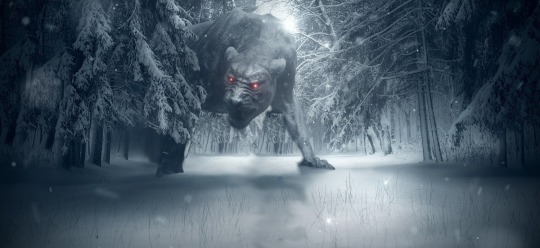
View On WordPress
#antipodeanwriter#author#featured#mythology#norse#odin#poem#poems#poet#Poetry#poetrycommunity#poetryisnotdead#poetrylovers#poetsociety#ragarokepic#ragnarok#thor#thoughts#viking#wordgasm#wordporn#words#writer#writerscommunity#writing
2 notes
·
View notes
